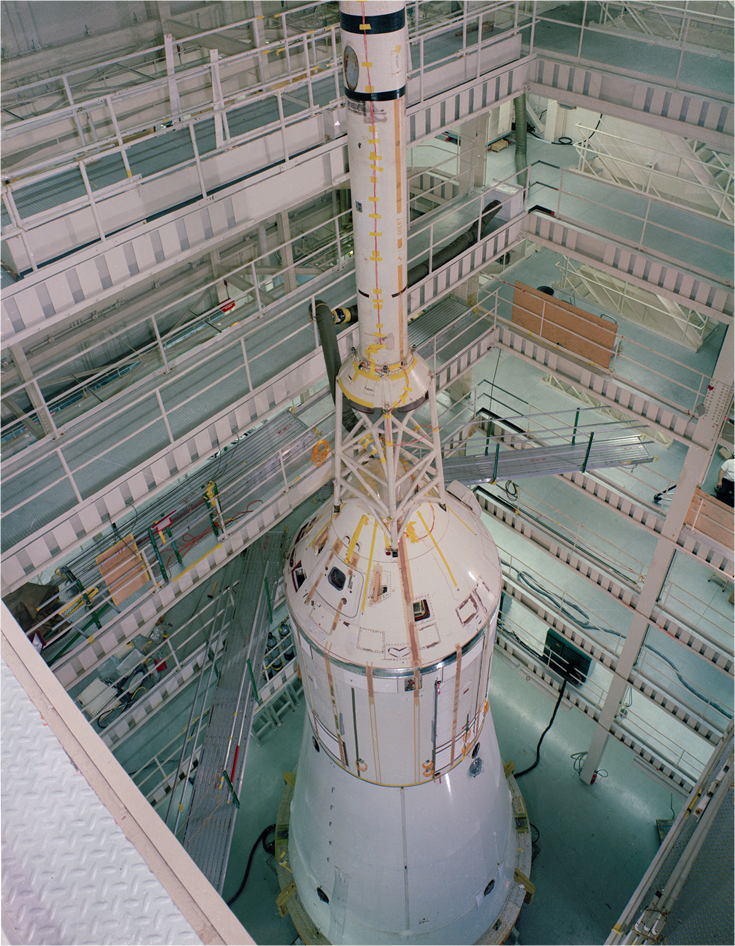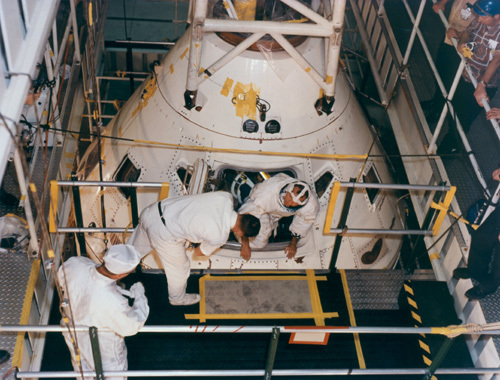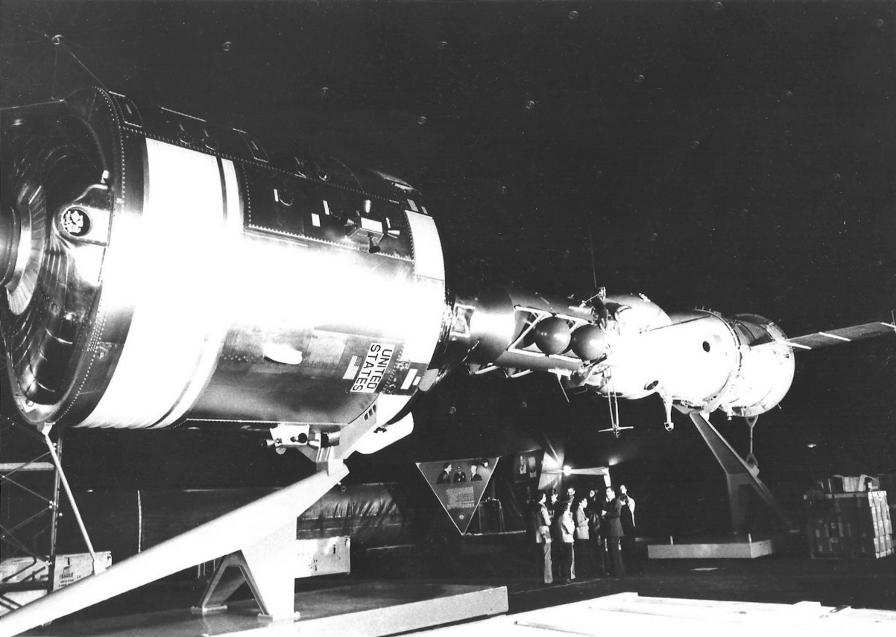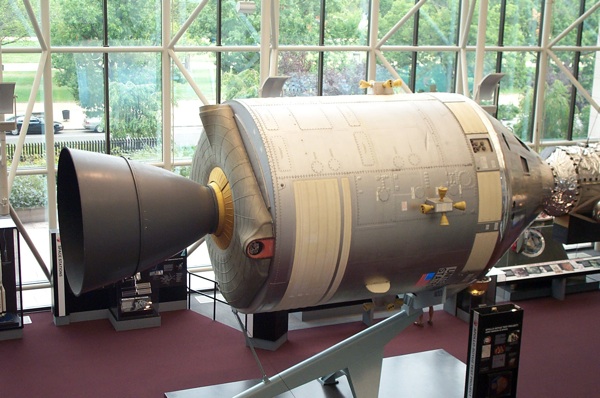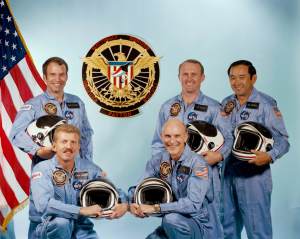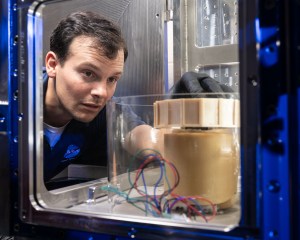In support of Apollo 7, the first manned Apollo mission planned for October 1968, and other future missions, engineers needed to certify the Command and Service Module (CSM) to carry a crew. Part of that certification included conducting structural tests of the vehicle. Engineers began a series of low-frequency vibration tests on Apollo CSM 105 on February 5, 1968, in the Vibration and Acoustic Test Facility (VATF) in Building 49 of the Manned Spacecraft Center (MSC), now known as Johnson Space Center (JSC). The VATF provides vibration and shock testing of spaceflight hardware to ensure that functionality is not impaired by severe launch environments. Apollo CSM 105, a non-flight spacecraft configured like the first manned flight vehicle including three crew couches, had been delivered to the MSC in December 1967, stacked atop a Spacecraft Lunar Module Adapter and installed in the VATF. The test program demonstrated the structural integrity of the spacecraft wiring, plumbing, secondary structure, and subsystems under simulated aerodynamic noise and vibration stresses expected during flight. In addition, the CSM lunar mission vibration criteria were verified and the unified hatch mechanism, a redesign resulting from the Apollo fire, was qualified in the vibro-acoustic environment.
As part of the test series, engineers conducted a manned test on February 10, 1968, with Astronaut Gordon Cooper aboard Apollo CSM 105. Mannequins represented the other two crewmembers. The purpose of the manned test was to determine if crewmen would experience visual problems during Saturn 5 launch vehicle low-frequency vibrations. Cooper made two test runs totaling 2 min 40 sec during which he carried out a number of tasks. He reported that he experienced no problems during the tests. The only structural anomaly that occurred during the overall test program was a bent strut in the Service Module. As a result, that strut’s installation procedures were modified to prevent a recurrence during an actual flight.
The Apollo CSM-105 spacecraft found new life on display at the Paris Air Show in 1973, docked to a model of a Soviet Soyuz. In 1976, it became part of the Apollo-Soyuz Test Project exhibit at the Smithsonian Institute’s National Air and Space Museum in Washington, DC.
For more on Apollo testing in the VATF, read oral histories from Robert J. Wren who talked to the NASA Johnson Space Center’s History Office.



























